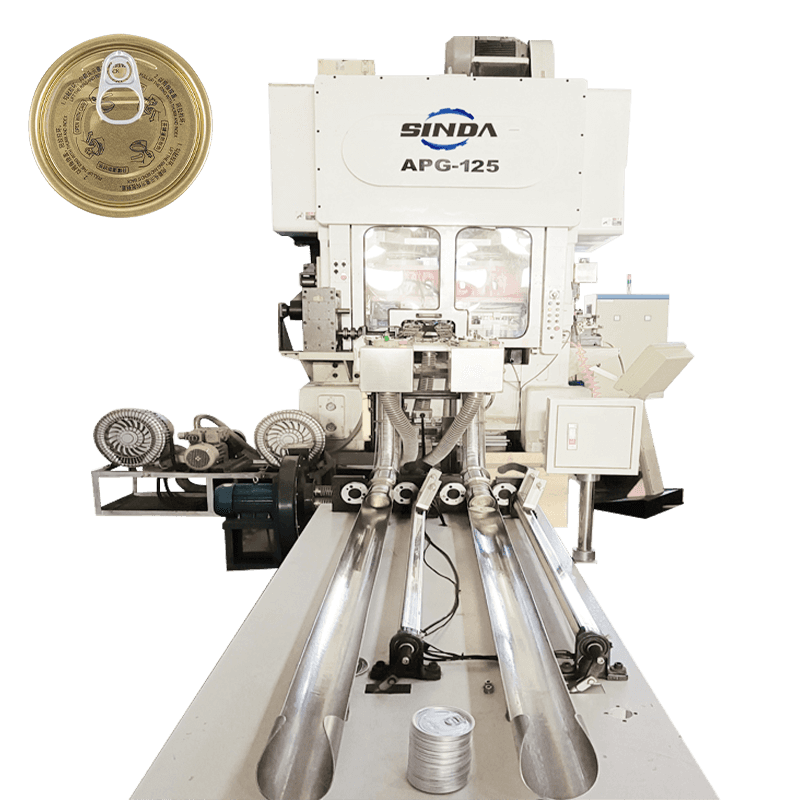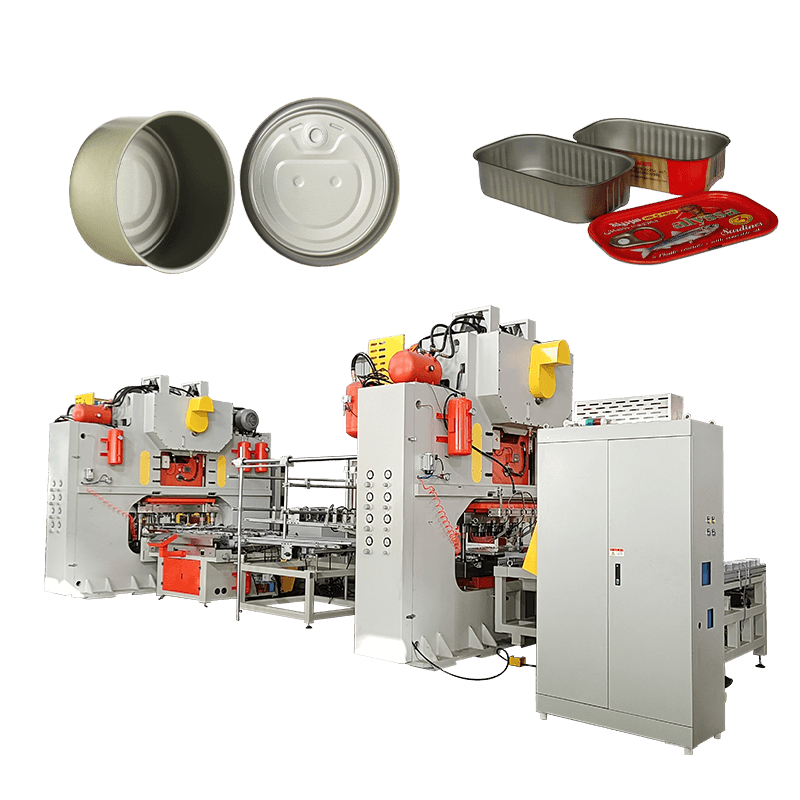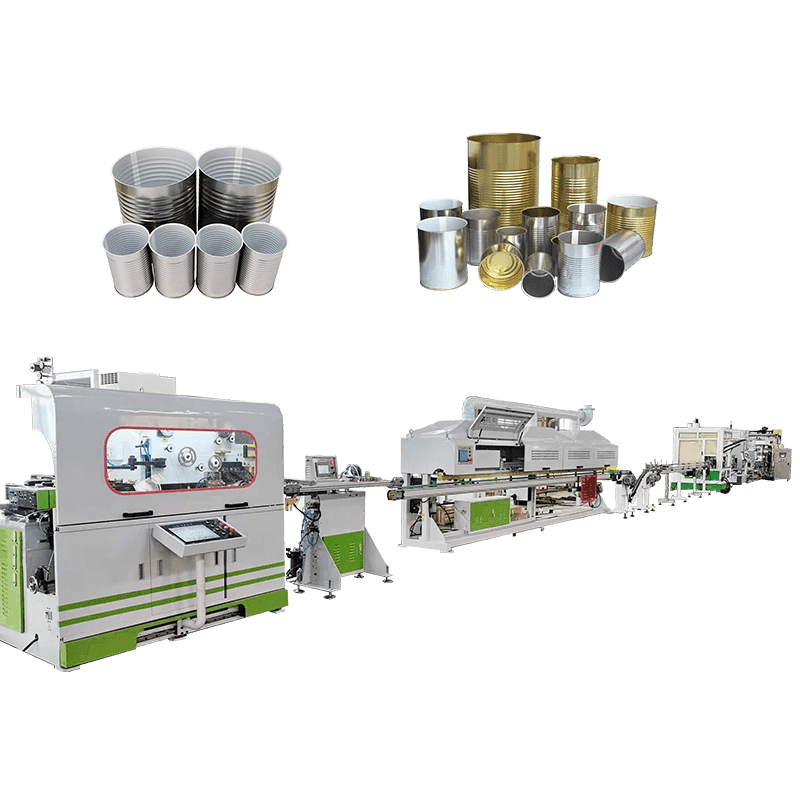Sources of safety hazards in aerosol can production
In the production process of aerosol cans, liquefied petroleum gas, butane, propane, etc. are usually used as propellants. These substances are very easy to form flammable mixtures in the air. At the same time, production equipment such as capping machines, filling machines, and conveyor lines are frequently operated, which is easy to generate friction and static electricity. In addition, the metal can body that is transported at high speed may also accumulate charges when in contact with machinery. Once these charges cannot be released in time, they may cause combustion or even explosion accidents when encountering fire sources or arcs. In order to ensure the safety of personnel and equipment on the production site, aerosol can production lines are usually equipped with a complete set of explosion-proof and anti-static systems to reduce risks.
Composition and function of explosion-proof system
The explosion-proof system mainly prevents flammable gases or mist from exploding due to sparks, overheating and other factors. Common designs of these systems include explosion-proof motors, explosion-proof switches, explosion-proof lighting, and explosion-proof control cabinets. These devices have been specially treated in structure to limit the spread of fire sources when abnormal arcs or overheating occur, thereby preventing the ignition of surrounding flammable materials.
In the filling and sealing sections, it is particularly necessary to set up explosion-proof control devices, and install temperature sensors and gas leak alarms. Once the gas concentration in the environment exceeds the set threshold, the system will automatically alarm and start ventilation or cut off the power supply to eliminate hidden dangers in time.
The importance of anti-static system
The generation of static electricity is difficult to completely avoid in any mechanical movement and material contact process, and it is especially common in aerosol can production lines. Therefore, the main purpose of setting up an anti-static system is to control the accumulation of charges and release them safely to the ground.
Common anti-static measures include grounding systems, anti-static brushes, anti-static ion fans, and conductive floor coatings. Grounding devices are set on equipment and conveyor belts so that the generated charges can flow into the ground in time, thereby preventing static electricity accumulation. Anti-static brushes and ion fans can be used to neutralize the charge on the surface of the tank, especially in the process of inkjet or labeling, to avoid problems such as material adsorption or equipment jamming caused by static electricity.
Comprehensive safety control strategy
In addition to the installation of hardware protection devices, modern aerosol can production lines will also combine intelligent control systems to conduct comprehensive safety management through data collection and real-time monitoring. The control system can monitor the electrical parameters, equipment temperature, air circulation status and other information in key areas, and realize remote alarm, linkage shutdown and automatic spraying functions. Safety operating procedures and employee training are also important parts that cannot be ignored. Only through the cooperation of personnel and equipment can a safe and efficient production environment be truly achieved.

 English
English عربى
عربى русский
русский




